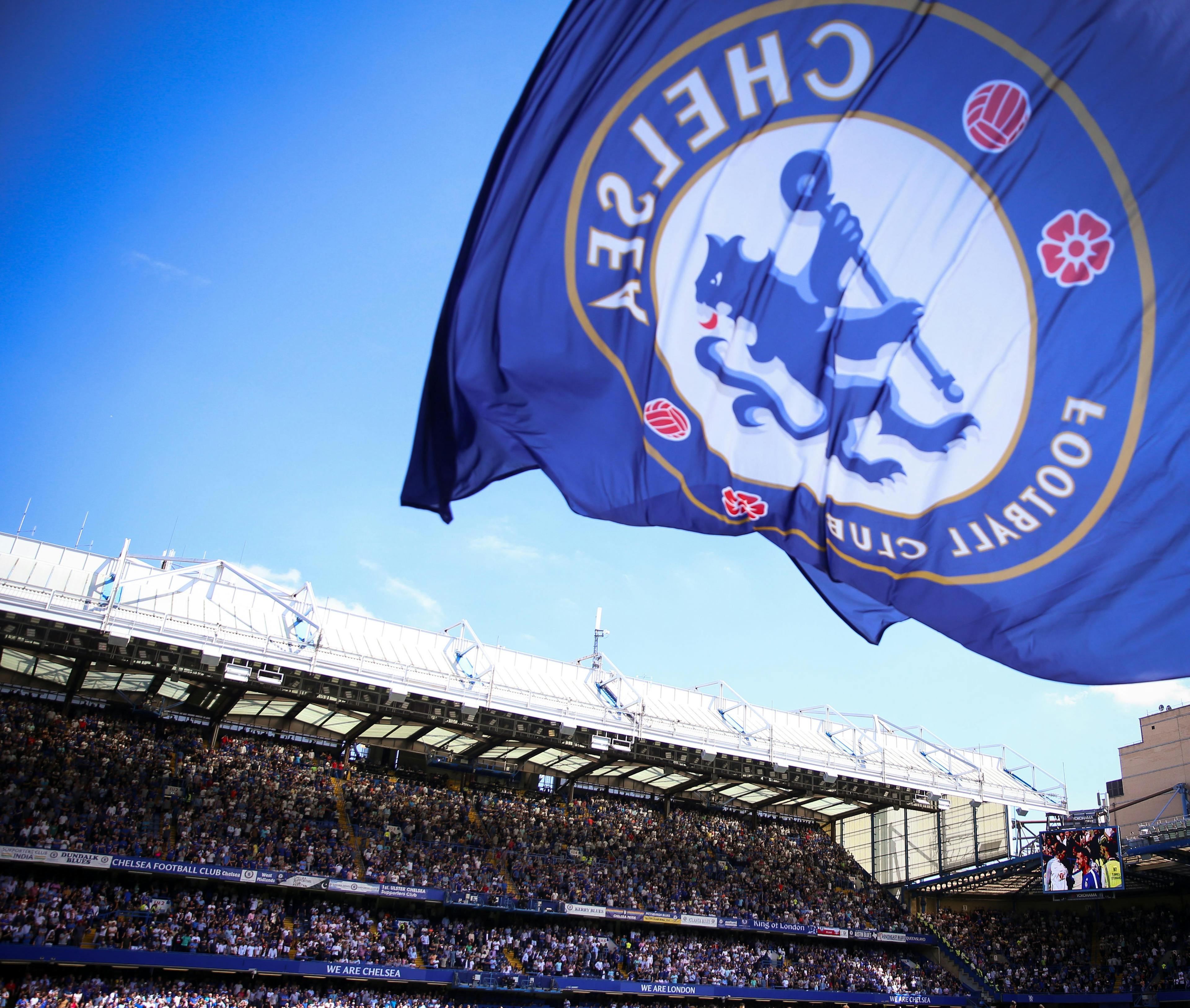At the first World Cup In 1930, Yugoslavia was one of four European nations to compete in the tournament, alongside Belgium, France, and Romania. They made it to the semi-finals, yet they were defeated 6-1 by host nation Uruguay.
Yugoslavia did have a somewhat dominant spell in international football during the 1960’s, making the 1962 World Cup semi-final and reaching two European Championship finals in 1960 and 1968. However, they were unable to win any silverware, falling short on each occasion.
The Yugoslavian national team began in 1920 and competed internationally until 1992. The state is now divided into the following independent nations: Bosnia and Herzegovina, Croatia, Kosovo, Montenegro, North Macedonia, Serbia, and Slovenia. Their last tournament as Yugoslavia was the 1990 World Cup in Italy, where they reached the quarter-final stages.
If Yugoslavia was to compete at the 2022 World Cup in Qatar, what would their starting XI look like?





